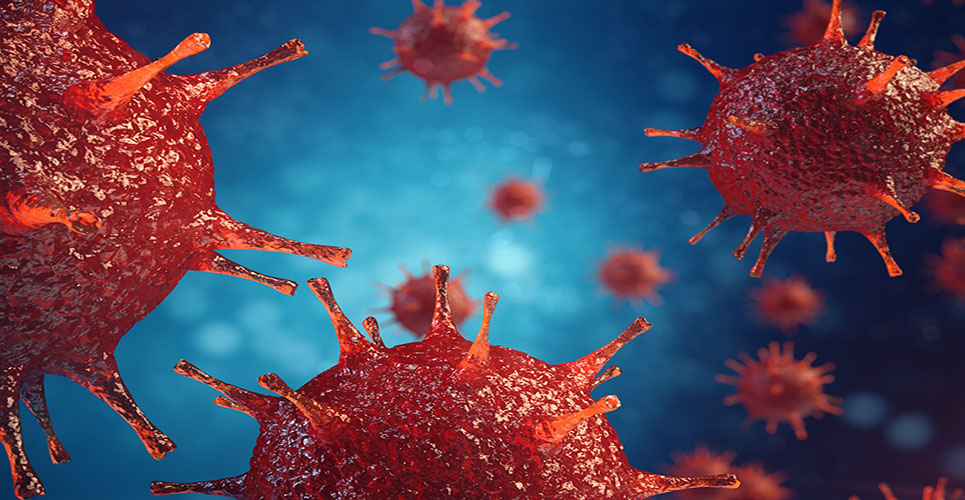teaser
Chemists in Georgia are reporting development of a fast new method to detect fake Tamiflu, the mainstay medication for preventing and treating bird flu. Tamiflu has become a target for counterfeiters as recent outbreaks of bird flu have increased public demand for supplies of just-in-case antiviral drugs to use in case of an epidemic of the deadly disease.
In a report scheduled for presentation at the 235th national meeting of the American Chemical Society, Facundo M Fernandez, PhD, and colleagues describe use of a method called Desorption Electrospray Ionization Mass Spectrometry (DESI-MS) that can determine authenticity of large batches of Tamiflu samples up to 20 times faster than conventional methods.
“It’s a one-step process that doesn’t require any extensive sample preparation,” said Fernandez, of the Georgia Institute of Technology. Using DESI-MS, analysis of the Tamiflu powder yields results in less than one minute. The “gold standard” for gauging pharmaceutical quality control is a powerful but much slower method called high performance liquid chromatography (HPLC), he said. Analysis by HPLC could take up to an hour.
The researchers describe their study as the first successful demonstration of DESI-MS’s use for Tamiflu screening. “This method is really targeted at screening large amounts of products” that might be expected during a pandemic of influenza, Fernandez said. “In case of a crisis, you wouldn’t be able to wait an hour per sample. You’d want to screen hundreds of samples per day.”
When fears of a pandemic, a global epidemic, of avian influenza first emerged, worried consumers in the United States and other countries began to horde Tamiflu in 2005, seeking prescriptions from physicians and purchasing the medication from online pharmacies. In 2007, there were 86 confirmed human cases of bird flu in the world, according to the World Health Organization. The fatality rate was high, with 59 deaths.
Fernandez tested DESI-MS’s effectiveness by collecting different Tamiflu samples from online pharmacies and found all of them to contain the active ingredient. Customers who purchase from online pharmacies, he warns, should use extra caution when shopping. Although some online pharmacies are certified, he says people usually look for low prices instead. “What you get online can be pretty much anything,” he said. “It’s very easy for the counterfeiter to bypass the system that’s in place to protect the consumer. And it’s very easy for the consumer to get medications.”
At $6.50 per pill, Tamiflu’s high cost and demand have made it a preferred target for fakes, Fernandez noted. Counterfeits have already surfaced in Chicago, San Francisco and other areas.
International trade in counterfeits is a lucrative enterprise — and an increasingly sophisticated one, Fernandez said. According to the International Chamber of Commerce, global trade in counterfeit goods costs the U.S. economy between $200 billion and $250 billion a year in lost sales and is responsible for the loss of more than 750,000 American jobs. “The penalties for counterfeiting pharmaceuticals are much lower than for trafficking illegal drugs like cocaine,” Fernandez said. “Many of the operations focused on making illegal drugs are shifting to counterfeiting drugs because of the low penalties and high profits.”
A few initiatives have surfaced to fight the presence of fakes, including ones by the US Food and Drug Administration and the WHO, among others. Global awareness has increased, Fernandez said, but it’s not enough. “What’s the percentage of fake drugs in the marketplace? I don’t know. I don’t think anybody can give you a real number. That’s really a huge problem.”
Fernandez remains optimistic about solving the problem of fake Tamiflu, however. “I think it’s possible to shut down this traffic, but it will require new tools and new approaches,” he said. “We need to get very creative because the incentive for making fake drugs is huge. We always feel like we’re trying to catch up with the counterfeiters. Every time we get a new batch of fakes, they’re more sophisticated than the previous batch.”

